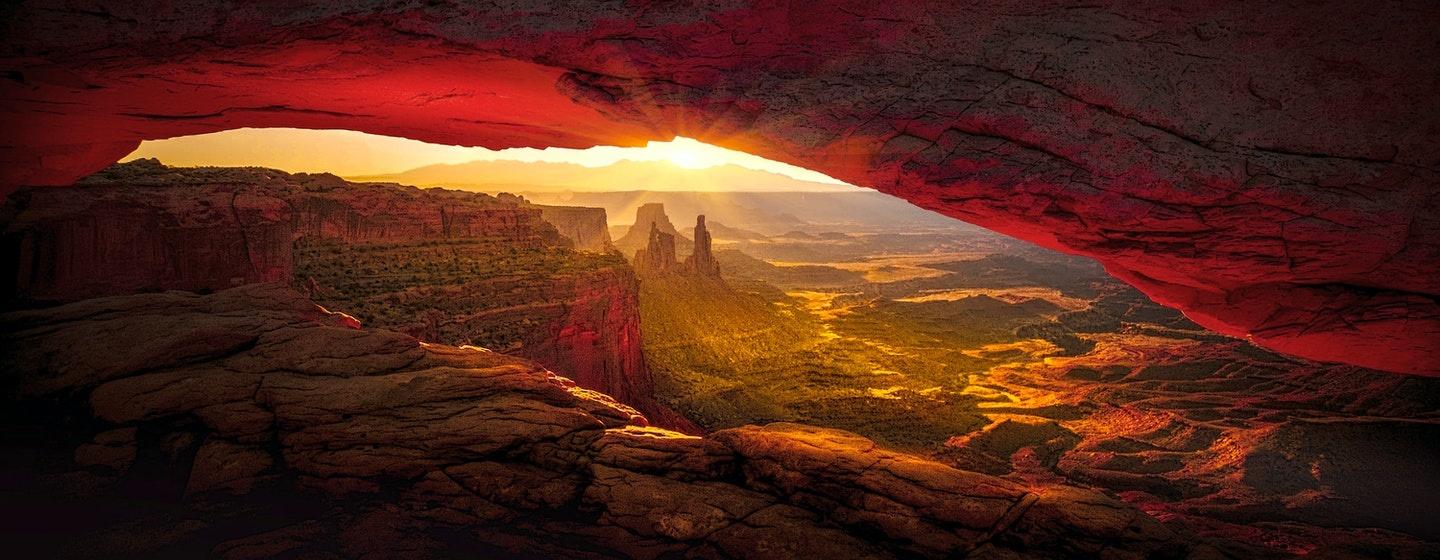Birds are Living Dinosaurs
Birds have colonized every environment on Earth, and they come in an astonishing variety of shapes, colors, and sizes. There are more than 10,000 species of bird alive today, so how did they come to be everywhere and so diverse?
Birds of Kundha Kulam
In this video segment from Nature, learn about the role of birds in the culture and agriculture of Kundha Kulam, a small village in India.
Birds of Prey
This video segment from IdahoPTV's Science Trek defines birds of prey and explains what characteristics they have that identify them as a raptor and help them catch their prey.
Darwin’s Observation of Birds
When Charles Darwin stepped ashore on the Galapagos Islands in September 1835, it was the start of five weeks that would change the world of science, although he did not know it at the time.
Sniffing Out Dog’s Senses
Discover just how powerful a dog’s sense of smell can be in this video from NOVA: Inside Animal Minds: Dogs & Super Senses.
Do Dogs Understand Fairness?
In this video excerpt from NOVA scienceNOW, learn how scientists are studying basic moral behavior in animals.
Your Favorite Smart Animal
Hear experts describe some of the capabilities of various animals, and vote for your favorite, in this interactive activity from NOVA scienceNOW.
Animals & Numeracy
Explore how humans and many other animals share a primitive sense of numbers in this video from NOVA: The Great Math Mystery.
Nature: Can Animals Predict Disaster?
In this video segment from Nature, scientists question how animals mysteriously survive natural disasters.



